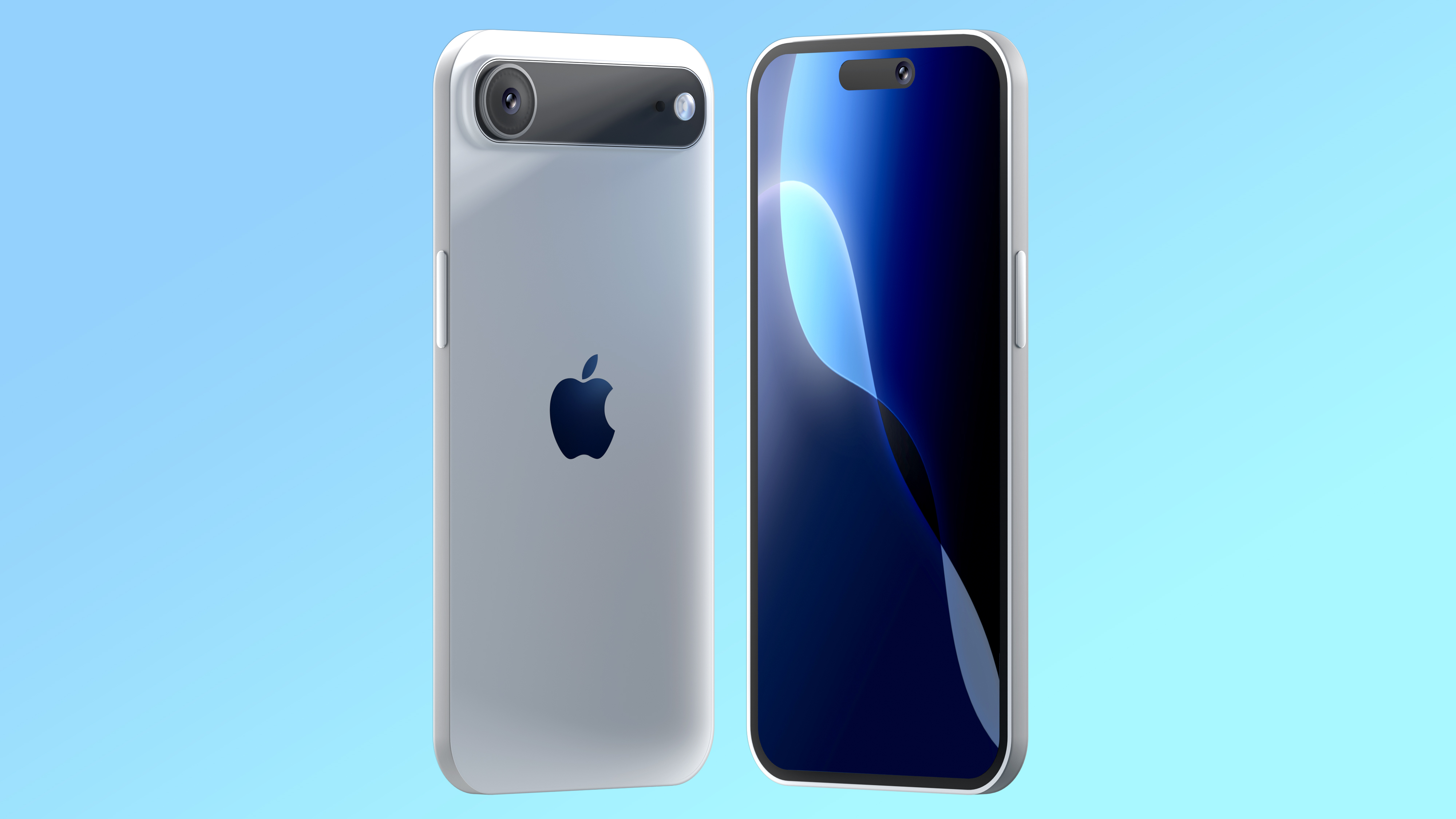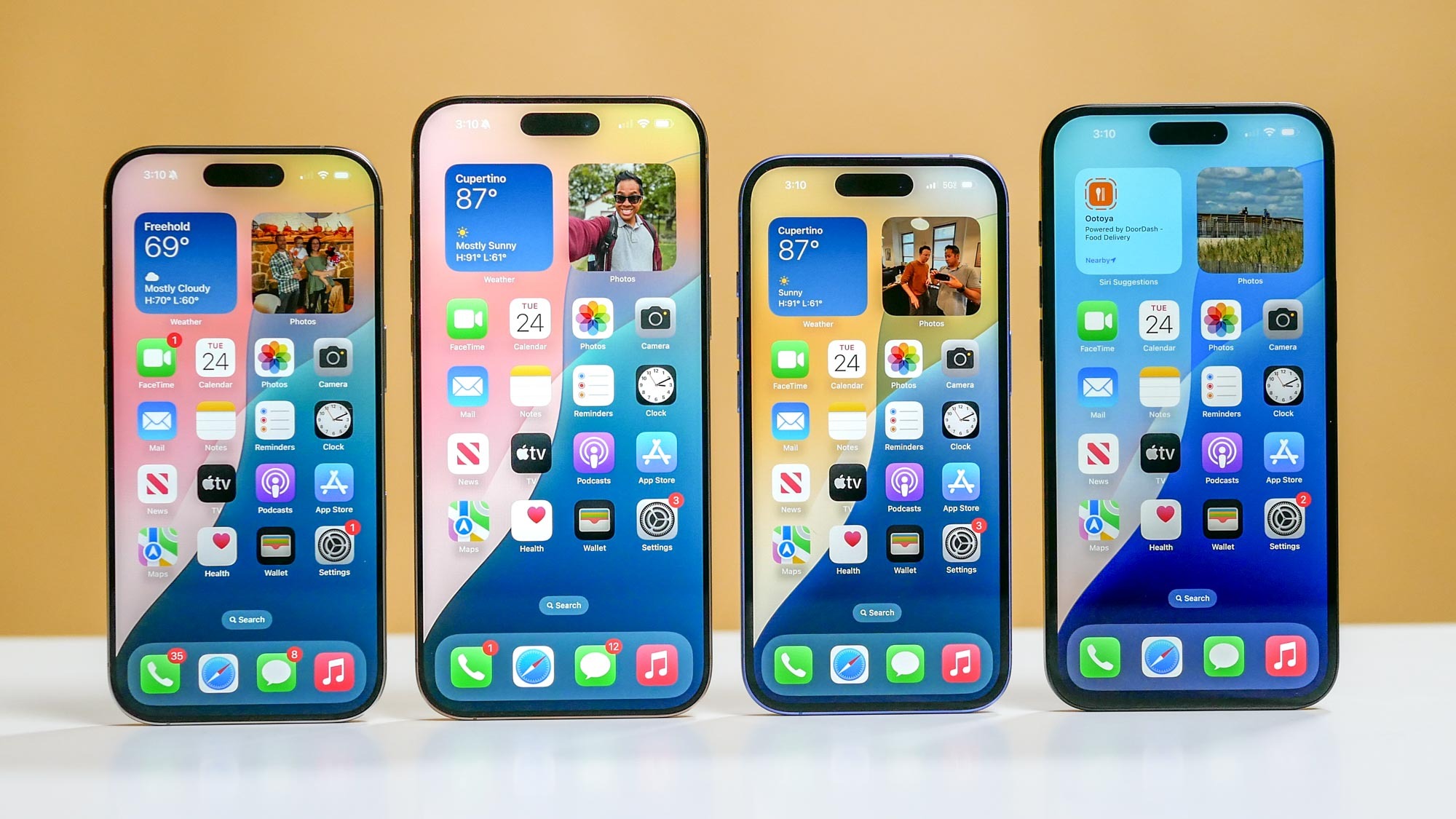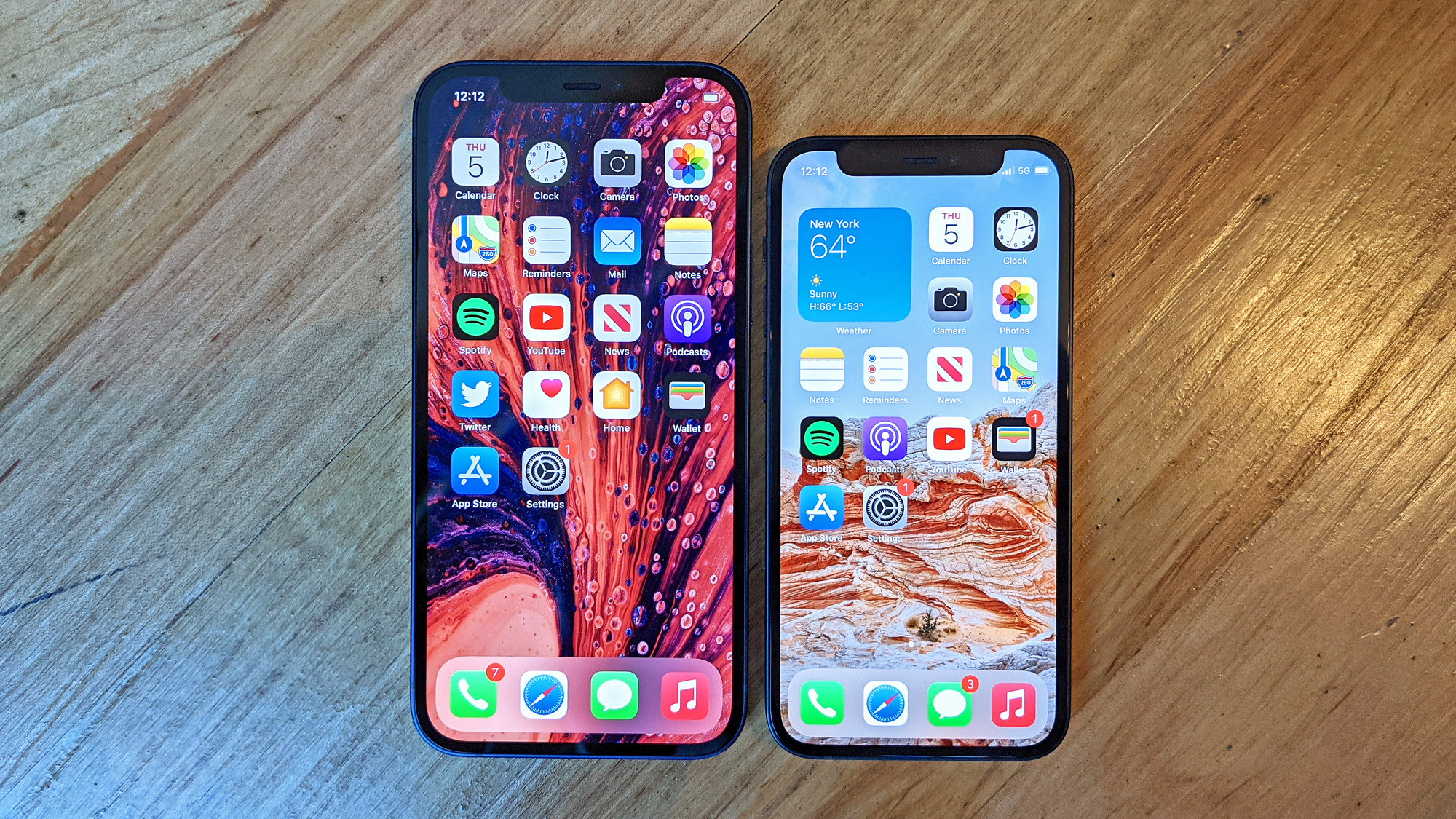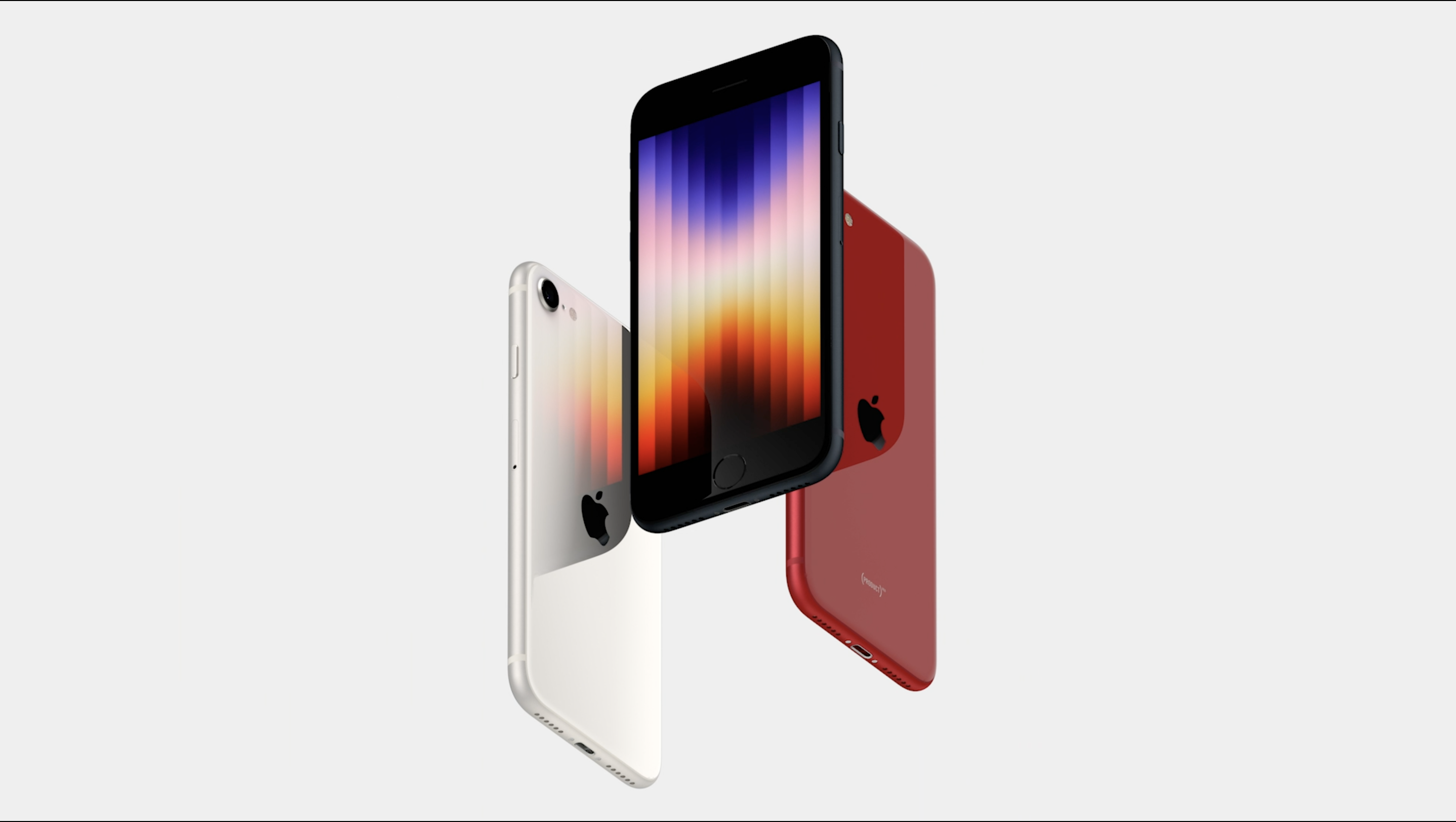iPhone 17 Air isn’t what the iPhone family needs — Apple should have tried this with the mini and Plus
A different approach might have helped the iPhone mini and Plus models succeed

The launch of the iPhone 17 later this fall is expected to mark a shake-up in the way Apple sells new iPhones. Rumors claim the company will still offer four models, but the awkward middle child is getting something of a makeover.
Rather than just being an iPhone 17 in a slightly different size, Apple's expected to launch the all-new super-skinny iPhone 17 Air instead.
And that makes some sense when you think about it. We already have MacBook Airs and iPad Airs, so why not the iPhone as well? That's especially the case since reports suggest neither the current iPhone 16 Plus (or the iPhone 15 Plus before it) nor the discontinued iPhone minis sold quite as well as Apple probably hoped.
But I can't help but think that Apple made a mistake in the way it handled those phones. They may not have sold well when new versions arrived every year. But what if Apple had new releases staggered more, adopting an approach similar to that of the iPhone SE?
The fourth iPhone problem

It's safe to say we are long past the days of there only being one or two iPhones on sale at any given time. Releasing four separate phones at the same time is not something you see a lot of phone makers doing — not regularly at least. But Apple has been sticking with this strategy for the past five — and soon to be six — generations.
You also have to account for the fact that Apple also sells a mid-range model, either the iPhone SE or the new iPhone 16e, while also keeping some of the models released in the last two years at a slightly discounted price. With the amount of choice people have, it's no surprise that there's an odd model out among the best iPhones.
Despite the vocal groups of people declaring that they preferred small phones, iPhone 12 mini and iPhone 13 mini sales clearly weren't high enough to warrant keeping the smaller units around. Either the loudest people weren't putting their money where their mouths were, or there just weren't enough of them to sustain the mini line-up.
Get instant access to breaking news, the hottest reviews, great deals and helpful tips.
The Plus line-up seemed to fare a little better. For starters the iPhone 14 Plus reportedly outsold the iPhone 13 mini, in the weeks following their respective releases, though apparently not enough to match Apple's initial expectations.
On top of that, the iPhone 16 Plus is said to have sold much better than its predecessors, seemingly at the expense of the iPhone 16 Pro.
Apple doesn't break out sales figures by model, so we can only guess on how many devices are made and sold based on what components the company has ordered. But, regardless of the exact figures, both Plus and mini iPhones are clearly not selling as well as Apple would like — otherwise they'd be sticking around.
But rather than canning the underperforming models and trying something totally new, Apple should have changed tack. Rather than releasing a less-popular fourth phone every year, just alternate between different models.
Annual releases may have been a mistake

Based on how much small phone lovers complain about the size of modern smartphones, you'd think that an iPhone mini would have been a guaranteed best seller. But that obviously wasn't the case, or else they'd still be around.
The fact is that we've seen people hold onto their phone for longer in recent years. Phones are expensive purchases, and with cost of living increases across the board, people don't have the same amount of disposable income as they used to — not enough to flit away several hundred dollars on a new phone every two years or so.
In the case of the iPhone mini, I firmly believe that two generations was not enough time to properly gauge how popular smaller iPhones would be.
You've got people who aren't ready to upgrade for a variety of reasons. Maybe their current phone is too new, and they don't want to pick up a brand new phone. Maybe they think there's no point, because iPhones are always the same, and the mini model wasn't enough of an upgrade to bother with just yet. Or maybe their finances weren't looking so hot and they can't afford a new phone — regardless of how much they may want one.
Some people genuinely don't like small phones. I'm among them, and opt for the biggest XL-sized handset I can get my hands on. But the ones that do didn't really get that much of a chance to make their feelings known in the two years Apple offered a mini option.
So instead of dumping out two mini phones in a row, and declaring the whole experiment a monumental failure, Apple should have treated the iPhone mini the same way it treats the iPhone SE — by staggering the release. That way people won't just think "I'll buy one next year," and future generations may be met with a little more excitement.
Scarcity can be an effective marketing tool

There have been three models of iPhone SE so far — four if you include the iPhone 16e as well. Those phones did not arrive with the typical annual release you'd see with the flagship iPhone 16.
That's not just because there isn't much to add to cheaper phones every year, but also because you're not going to sell very many units if you churn out a new niche phone model every year. Even if your name is Apple.
The fact is, when you're targeting a very specific group of people, drip-feeding them new products could easily help breed more excitement for future models. You want a new mini iPhone? Well you can't have one yet, you'll get it when Apple says you can have a new version.
In the past few years, especially over the pandemic, we've seen that scarcity can be a very effective marketing tool. People want what they can't have, and the excitement of getting something that nobody else will have is probably greater than the enjoyment of whatever new product you've bought.
There are whole brands built around this idea that the more limited edition something is, the more people will want to make sure they have it. Especially if we're talking about sneakers.
So by restricting the flow of smaller iPhones, or larger non-Pro iPhones, Apple can make the act of getting one more of an event. At the very least, it means Apple can control when people upgrade, save on the usual costs of annual development and production, and stop worrying about whether they'll make a few extra sales in any given year.
And if Apple decides it wants to sell lots of different kinds of iPhones, beyond the usual standard/Pro/Pro Max formula, then it can always alternate. Release a mini one year, a Plus the next and maybe an Air to round out the trilogy. Then start all over again.
More from Tom's Guide
- iPhone 17 Pro and Pro Max killer upgrade reportedly cancelled
- Google Pixel 10 just tipped for long overdue display upgrade
- The entire iPhone 17 lineup just got revealed in new video — here's the biggest changes

Tom is the Tom's Guide's UK Phones Editor, tackling the latest smartphone news and vocally expressing his opinions about upcoming features or changes. It's long way from his days as editor of Gizmodo UK, when pretty much everything was on the table. He’s usually found trying to squeeze another giant Lego set onto the shelf, draining very large cups of coffee, or complaining about how terrible his Smart TV is.
You must confirm your public display name before commenting
Please logout and then login again, you will then be prompted to enter your display name.
